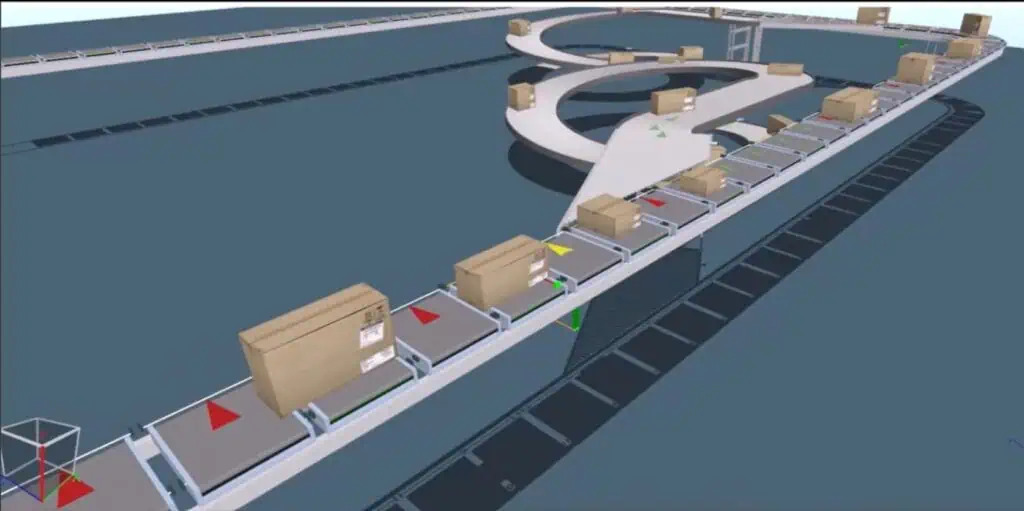Grid Simulation
Why You Should Simulate the Smart Grid of Your Operation
Above is a demonstration model of a Smart Energy Grid where independent renewable energy sources are integrated with conventional energy sources in order to provide energy to a mine.
In order to make the most out of your smart grid, you should use simulation to assess your operations and find the most efficient processes.
Here’s how.
What Does a Smart Grid Simulation Export?
The model exports financial and operational statistics like the levelized cost of energy and energy shortfalls, as well as statistics pertaining to day-to-day or annual energy source performance.
This can be used to find the optimal configuration of available energy sources and storage batteries to reduce the overall cost of providing energy for a mine.
Learn More About Developing Data-Generated Models for Your Business
What Does a Smart Grid Simulation Contain?
The model contains energy sources, such as wind turbines, and sink objects that communicate through process logic.
Each of these objects is data-driven.
For example, the amount of energy that the mine needs during each dispatch cycle is determined by a dataset, and the amount of energy the solar panels are capable of providing each cycle depends on the insolation during that time of day or year.
Any energy source can be sized and turned on or off in the user interface. The user can also set the dispatch priorities for source and sink objects and the run-mode of the model can also be configured.
For this demonstration, we will use two run modes: short-term and long-term.
Long-Term Smart Grid Simulation
First, the model is run in the long-term mode.
The run-length is 30 years, energy is being dispatched to the mine hourly, and the objects are running on daily data. During this run, the economics of various battery capacities, and long-term financial statistics, such as the levelized cost of energy, can be reported to the user.
Short-Term Smart Grid Simulation
Now the model is run in the short-term mode.
The run-length is 2 weeks, the dispatch frequency is every 15 seconds, and the objects are running on 15-minute data. During this run, the user can see detailed operational and source-specific statistics such as:
- Average daily load consumption
- Shortfalls
- Operational impacts of reserve battery sizes
- Generator running, standby, and off percentages
- Daily fuel consumption
Read More About Simulating Your Business Operations:
- Alphabot: A Case Study in Use of Simulation for Product Feasibility Analysis
- Advice on Outsourcing Simulation Modeling
MOSIMTEC’s core focus is assisting clients to make better decisions through the application of decision support tools. Our team has extensive experience working with leading computer simulation software and solving complex issues for clients across various industries.
Other Case Studies
- All
- 3D simulation
- AMR
- Anylogic
- automated mobile robots
- bottlenecks
- conveyor design and implementation
- conveyor physics engine
- Distribution Center
- Emulate3D
- Emulate3D 2024 User Group Meeting
- industrial automation
- Logistics
- material movement analysis and design
- Oil-and-Gas
- order fulfillment
- Rockwell Automation
- Simulation
- slugging options
- terminal simulation
- throughput validation


